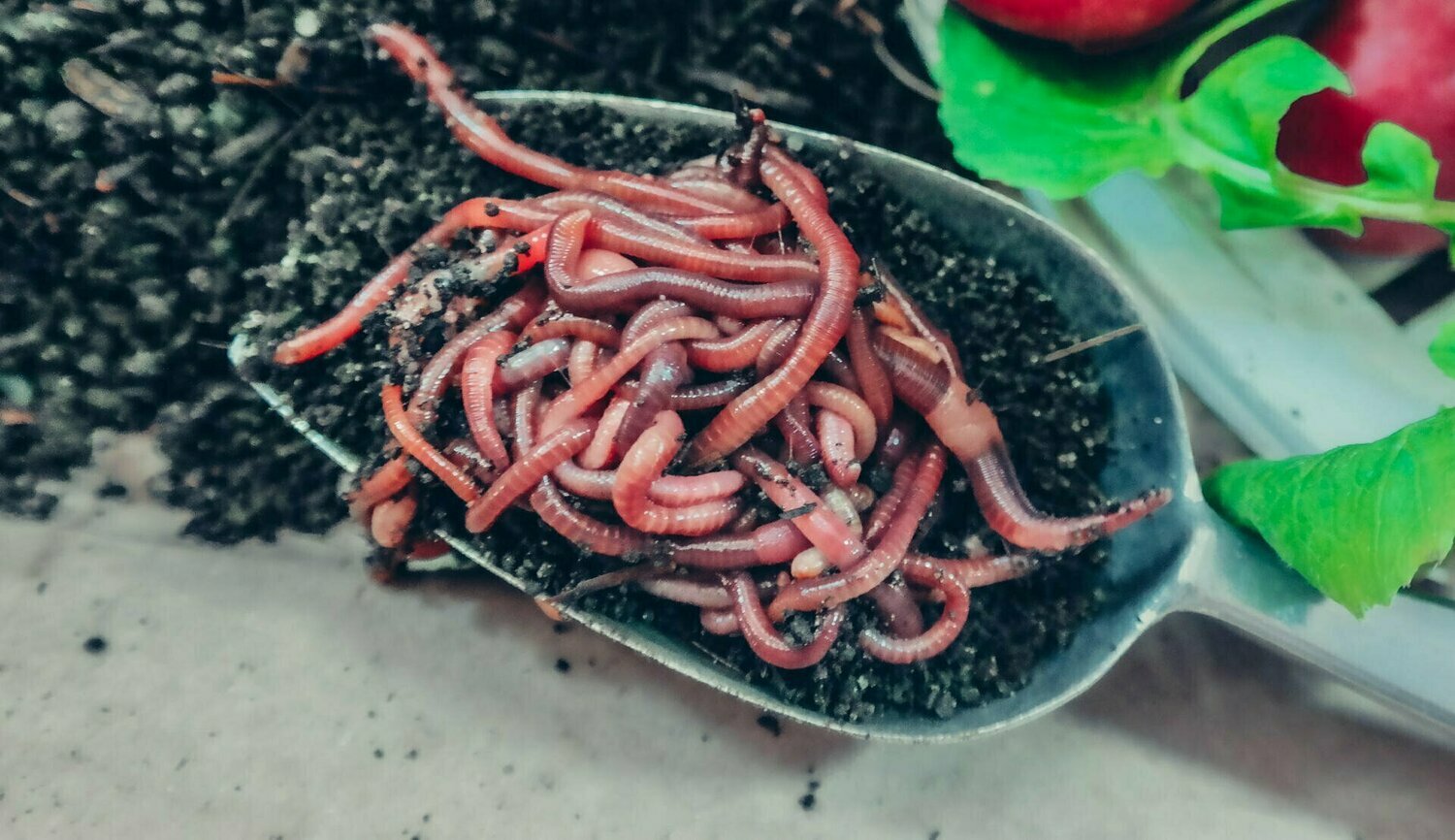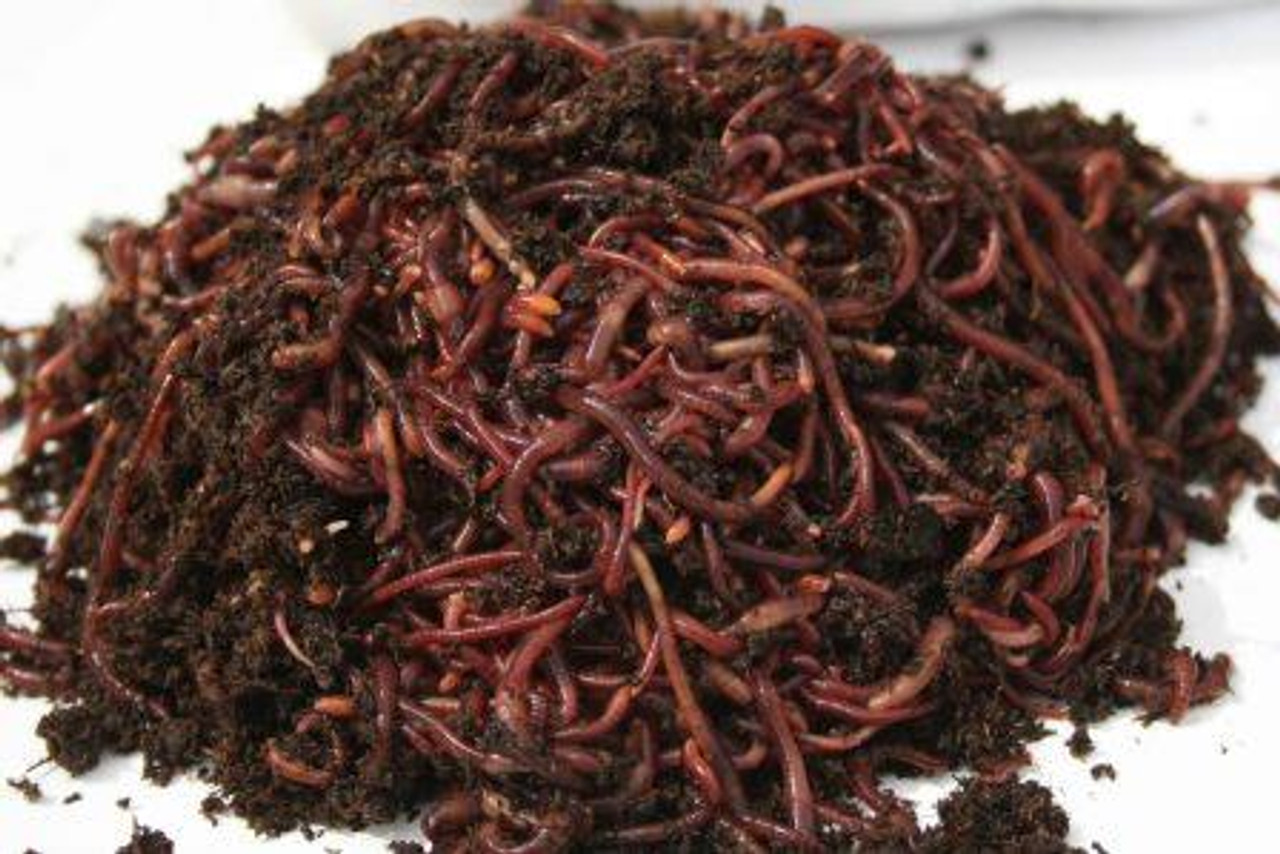Necessary Guide to Red Wiggler Composting: Tips for a Growing Worm Farm
Using the Power of Red Wiggler Composting: A Thorough Consider the Environmental and Agricultural Conveniences of This All-natural Waste Decrease Approach
The practice of red wiggler composting stands for a compelling junction of environmental stewardship and agricultural innovation, using a sustainable solution to the growing obstacles of waste management and dirt degradation. Via the natural process of vermicomposting, natural waste is changed into a valuable resource that not just improves soil however likewise adds to a significant reduction in landfill contributions and greenhouse gas exhausts. As we explore the complex advantages of this technique, we discover how it can reshape agricultural methods and promote eco-friendly recognition, prompting a closer examination of its possible effect on our communities and communities.
What Are Red Wiggler Worms?
Red wiggler worms, clinically known as Eisenia fetida, are a varieties of earthworm specifically adapted for composting and natural waste failure. These worms grow in the nutrient-rich atmosphere of disintegrating organic issue, making them ideal for vermicomposting systems. Expanding to a size of roughly 3 to four inches, red wigglers are identified by their reddish-brown pigmentation and unique banding patterns along their bodies.
Unlike other earthworm types, red wigglers prefer to live in the top layers of dirt and natural debris, where oxygen levels are greater and food sources are abundant. Their physical adjustments allow them to process organic materials successfully; they possess a strong gastrointestinal system that allows them to transform waste into nutrient-rich spreadings, typically referred to as "black gold" in gardening and farming contexts.
Eisenia fetida plays a critical duty in the ecosystem by assisting in the decay process, enhancing soil structure, and promoting microbial task. Given their distinct characteristics and eco-friendly value, red wiggler worms have actually become a central component in sustainable waste administration practices and organic gardening initiatives, contributing considerably to ecological health and wellness.
Benefits for Soil Health And Wellness
The inclusion of red wiggler worms in composting systems offers considerable benefits for dirt health. These worms play a crucial role in the decomposition procedure, damaging down organic matter right into nutrient-rich vermicompost. This all-natural plant food enhances dirt framework, water, and aeration retention, contributing to a more desirable environment for plant growth.
Vermicompost is rich in important nutrients such as phosphorus, nitrogen, and potassium, which are essential for plant development (Red Wiggler Composting). The presence of beneficial microorganisms in vermicompost further advertises dirt health by boosting nutrient schedule and reducing soil-borne pathogens. This dynamic interaction fosters a durable soil ecosystem that supports sustainable agricultural methods
In addition, red wigglers help with the formation of humus, a steady organic issue that enhances soil fertility and resilience. This boosted organic content not only improves dirt texture however also boosts its capacity to sequester carbon, minimizing environment adjustment influences.
Including red wiggler composting into agricultural systems can, for that reason, bring about healthier dirts, higher crop returns, and enhanced sustainability. As an outcome, welcoming this all-natural waste reduction technique can produce extensive advantages for both the environment and agricultural productivity.
Influence On Waste Decrease
Including red wiggler worms into visite site composting systems substantially minimizes waste, changing organic materials that would certainly otherwise add to landfills right into useful compost. This technique, known as vermicomposting, effectively processes cooking area scraps, backyard waste, and other eco-friendly materials, leading to a considerable reduction in the volume of waste sent out to garbage dumps. According to the Environmental Protection Agency, natural waste makes up a considerable section of garbage dump components, creating hazardous greenhouse gases as it breaks down anaerobically.
By making use of red wigglers, a very reliable composting representative, organizations and households can draw away a considerable quantity of organic waste from these landfills. Each extra pound of red wigglers can take in and process concerning half a pound of natural waste daily, bring about a remarkable reduction in overall waste generation.
Furthermore, the application of vermicomposting assistances regional waste monitoring initiatives and advertises a round economic situation, in which waste is transformed right into a source. As communities progressively embrace this method, the advancing result on waste decrease comes to be obvious, promoting a more sustainable environment and encouraging accountable waste management methods. Accepting red wiggler composting not only alleviates waste issues however additionally improves area awareness about sustainable living.
Enhancing Agricultural Practices
Utilizing red wiggler worms in farming methods can dramatically improve soil health and crop productivity. These worms play a crucial function in the composting procedure, damaging down natural matter into nutrient-rich vermicompost. This natural plant food enhances dirt water, oygenation, and structure retention, which are crucial for robust plant growth.
Furthermore, the spreadings generated by red wigglers are abundant in essential nutrients, such as potassium, nitrogen, and phosphorus, promoting healthier plants with greater yields. The microbial activity stimulated by these worms also adds to a successful dirt ecosystem, enhancing biodiversity and resilience versus illness and insects.

Additionally, using vermicompost can boost soil pH degrees, making nutrients much more available to plants. Red Wiggler Composting. Because of this, farmers can grow healthier crops while simultaneously contributing to dirt conservation efforts, ultimately developing an extra sustainable agricultural future
Getting Going With Composting
The key active ingredient in red wiggler composting is natural waste, which can include kitchen click here for more scraps, backyard waste, and paper products. This balance cultivates an ideal setting for red wigglers, which are the essential microorganisms in this composting method.
Choosing a proper composting system is just as essential. Worm containers can be made for outdoor or interior use, and they must offer sufficient drainage and oygenation. It is recommended to begin with a handful of worms-- around one pound of red wigglers for every one pound of waste generated weekly.

Verdict
The method of red wiggler composting stands for an engaging crossway of ecological stewardship and farming advancement, offering a lasting option to the growing obstacles of waste monitoring and dirt degradation.In addition, the application of vermicomposting supports neighborhood waste administration initiatives and promotes a round economic situation, wherein waste is changed right into a resource. As areas increasingly adopt this method, the collective impact on waste reduction ends up being obvious, promoting an extra lasting setting and motivating liable waste administration methods. The key active ingredient in red wiggler composting is organic waste, which can include cooking area scraps, backyard waste, and paper products.In recap, red wiggler composting provides a lasting remedy for organic waste management, generating nutrient-rich vermicompost that significantly enhances dirt health.